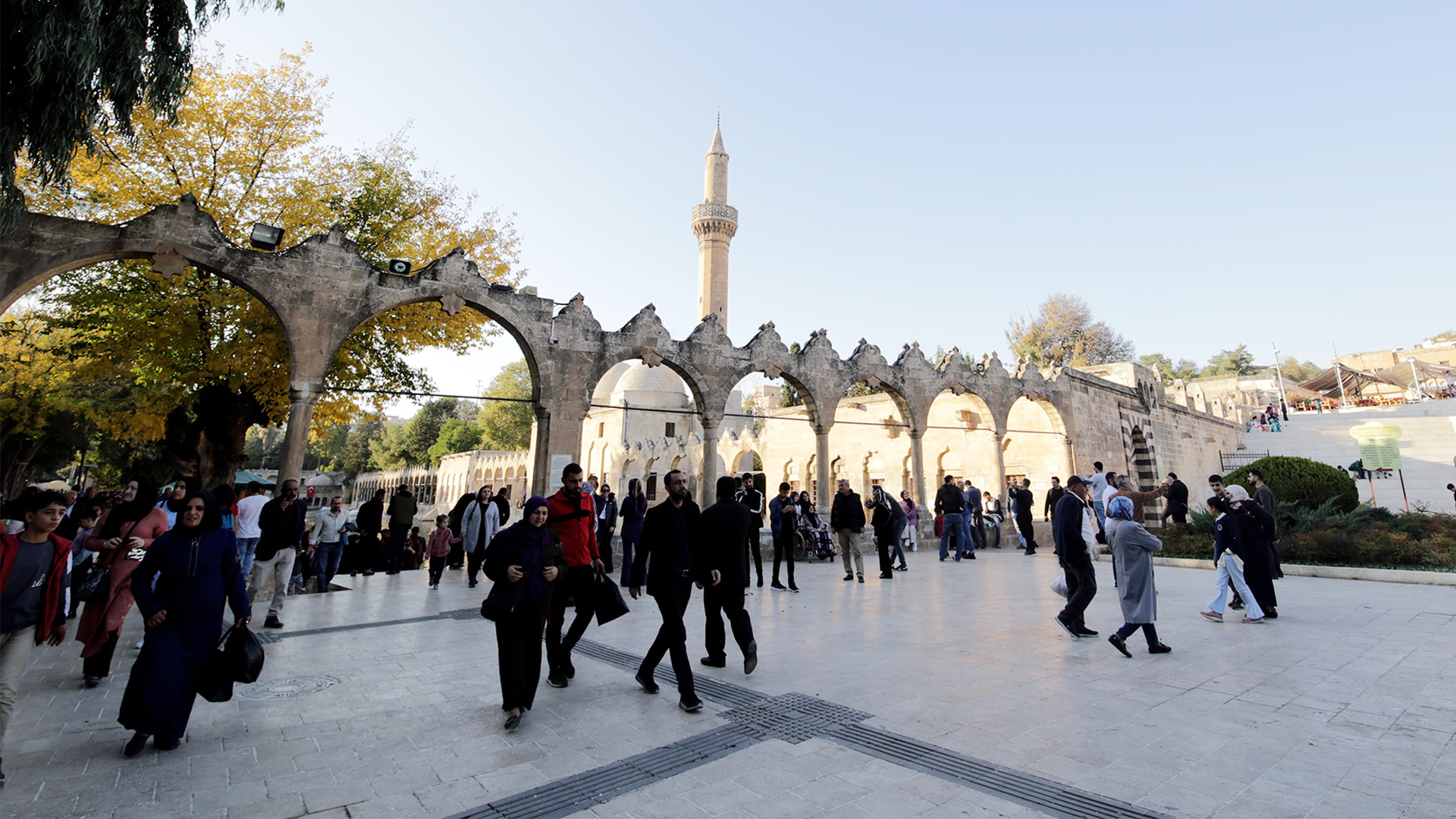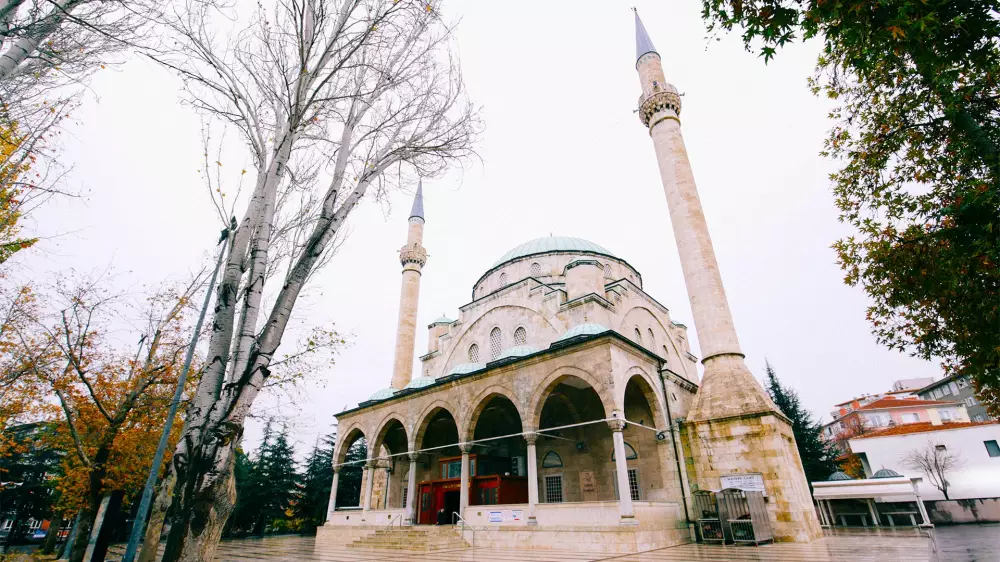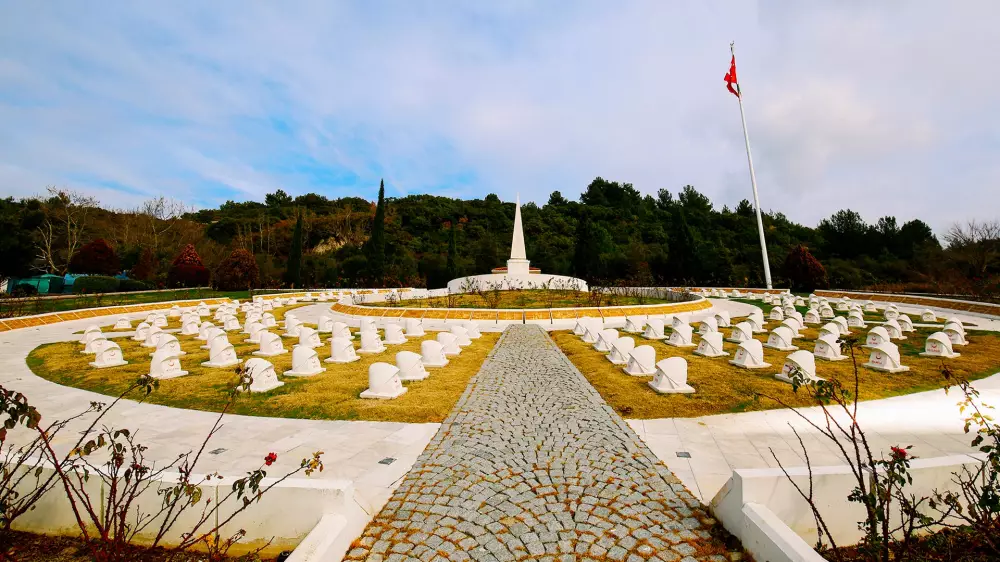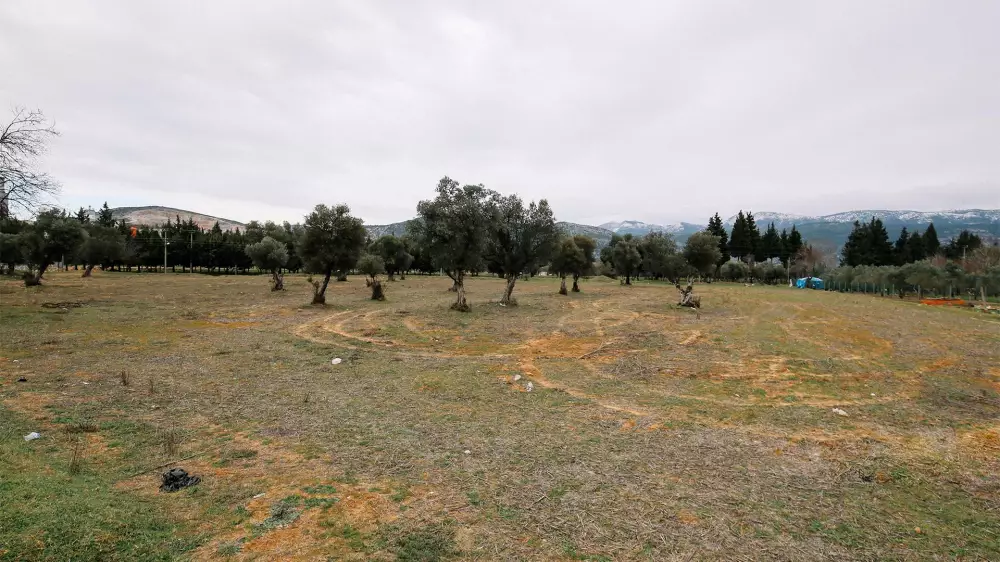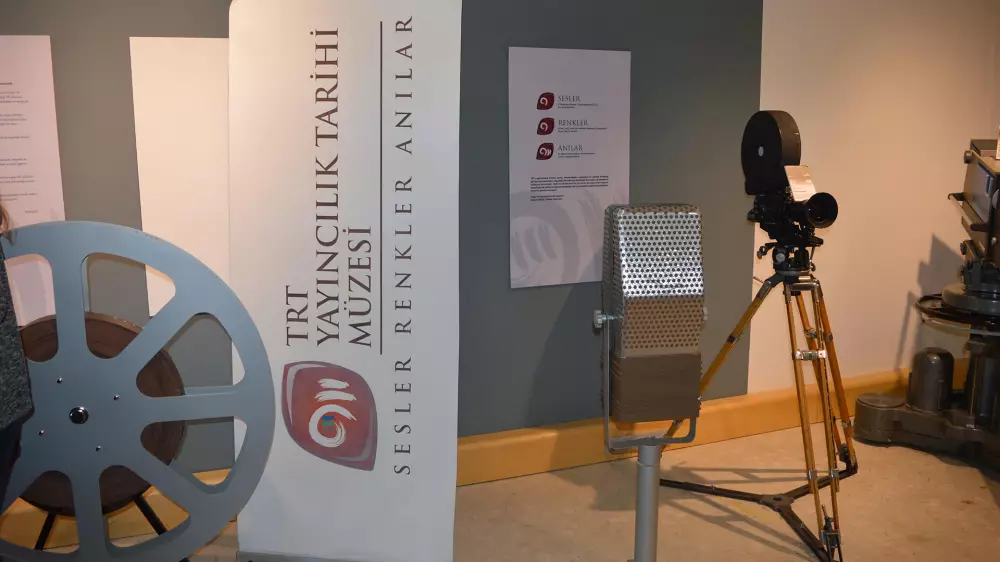
00:00
00:00
Boğazkesen Cupola
18.04.2024 14:20
During Anadolu Seljuks period, the mausoleum for important states and clergy is called kümbet(cupola). The Boğazkesen Cupola, which survived from the 13th century in Central Anatolia to the present day, is located at a dominant point in the Inözü Valley in the Beypazarı District of Ankara. In this respect, it is suggested that it may have been used for surveillance purposes as well as being a cupola.
There is not much detailed information about the Boğazkesen Cupola, which stands out for its unique structure. There are two coffins left from the Seljuk period. In one of the crates stating the name of the person lying is Emr Şahmet Pasha Asaf Ebal and his name is inscribed by the excavation of the tomb wall. Also near the ark, there is the namazgah and Qibla.
When the architectural features are examined, it is thought to bear traces of Karamanoğlu Principality. It can be stated that the cupola is made of masonry stone and mudbrick and that there is woodwork in the door and window section. The wooden door, which has survived intact to the present day, is among the outstanding details. The cupola, which has the status of a first-degree monumental work, is open to anyone passing through the region.
Gallery

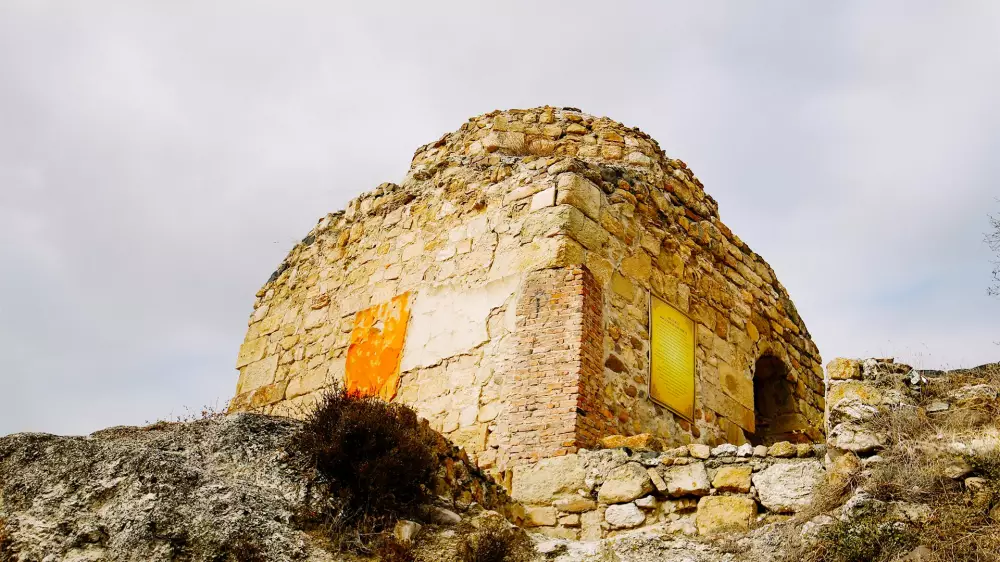
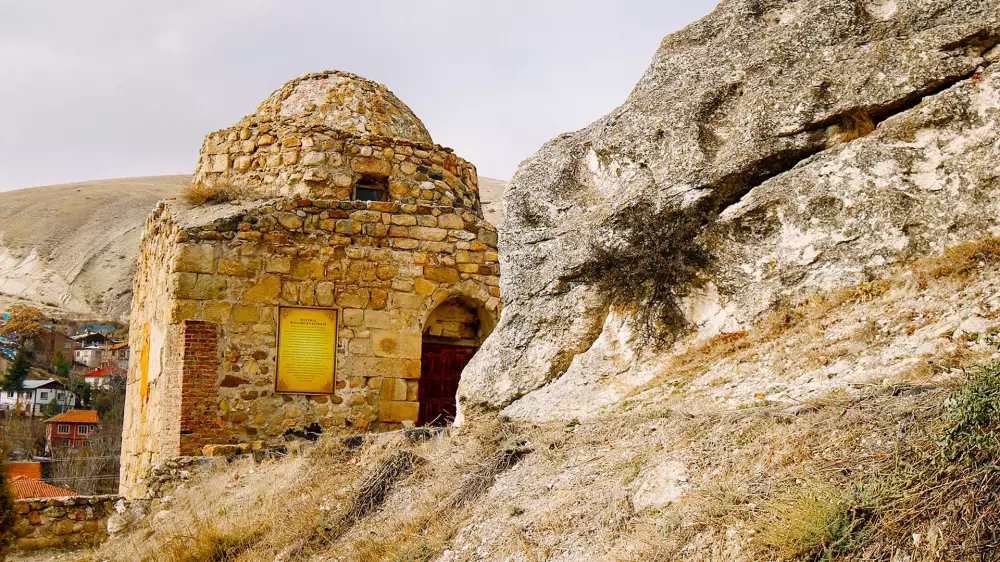

Location
Leave a Comment
